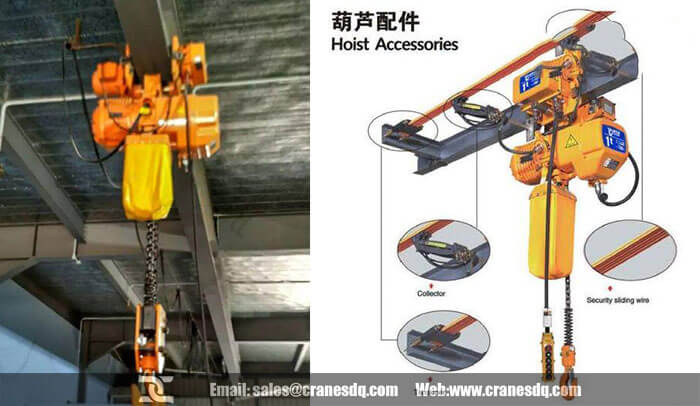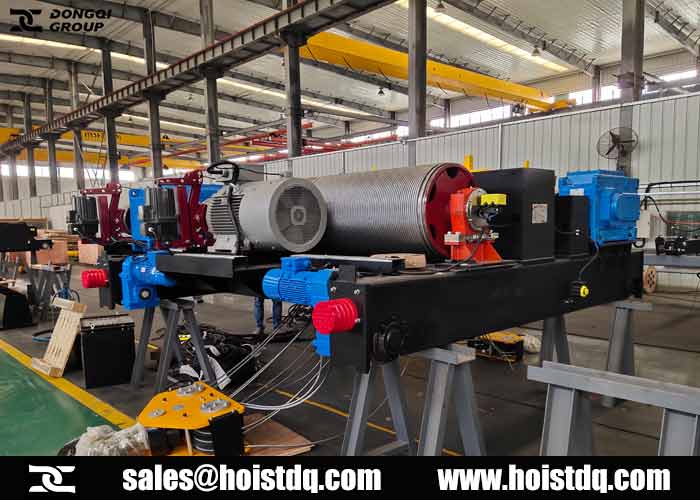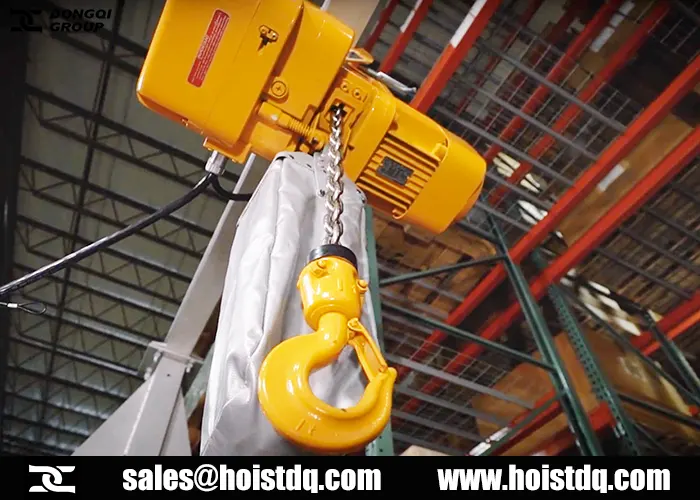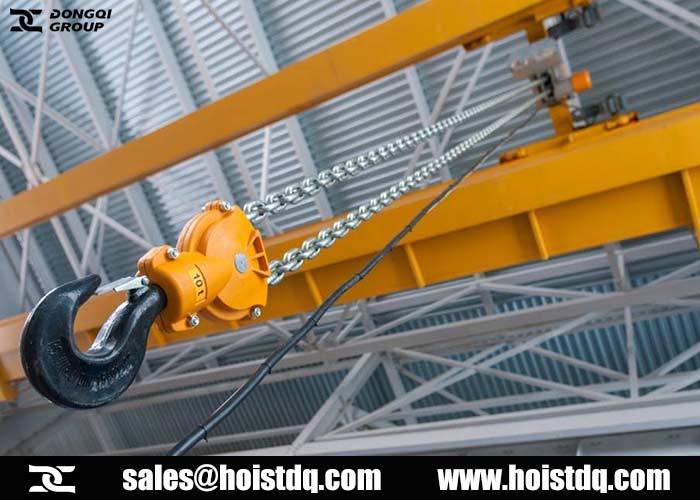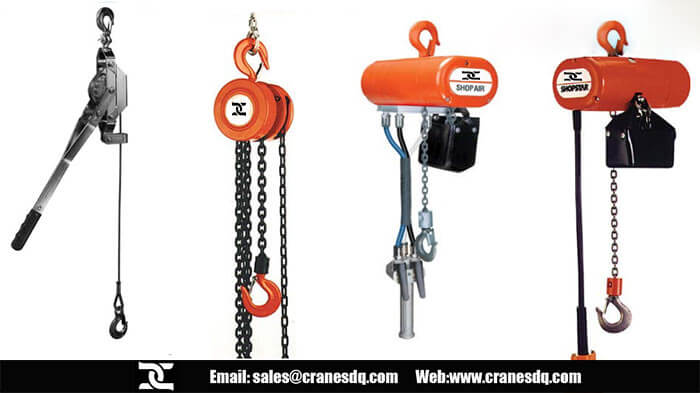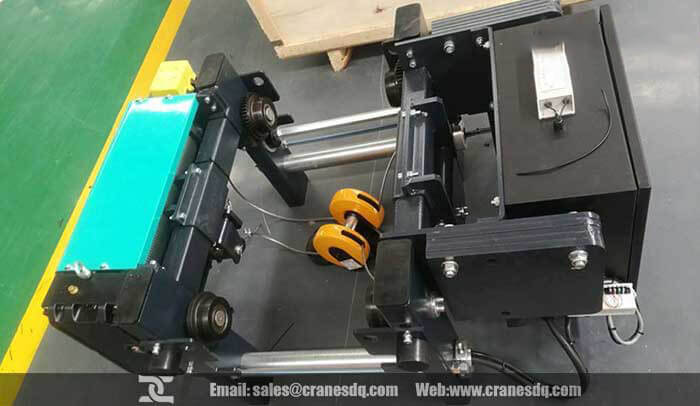Common faults of electric hoist on crane (1)
In order to do a safe operation of the electric hoist, promptly and accurately deal with various failures that occur during operation, has become an important part of construction and production. Combined with the experience of installation and maintenance, a detailed analysis of the causes of some common faults of electric hoist.
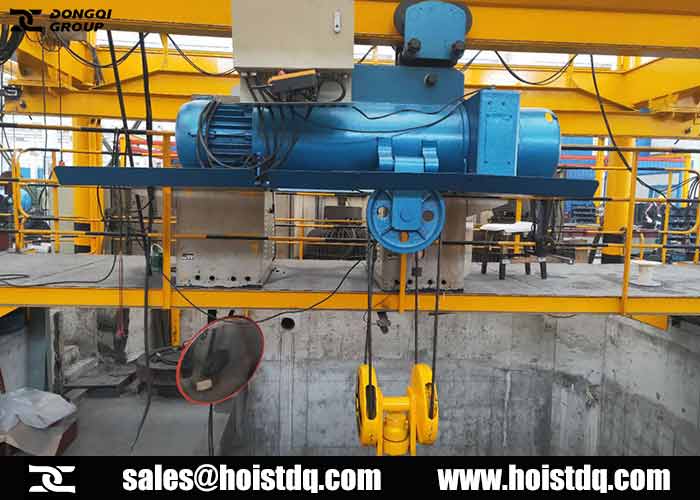
1.The electric hoist does not work after pressing the start switch.
Mainly because the electric hoist is not connected to the rated working voltage, it can not work, there are generally three situations:
- No power. Whether the power supply system supplies power to the electric hoist power supply, generally use a test pencil to test, if there is no power supply, wait for the power to work.
- Missing phase. The damage to the electrical appliances of the hoist main and control circuit, the disconnection of the circuit or the poor contact will also cause the lack of phase of the hoist motor to work normally. In this case, the main and control circuit need to be repaired.
- The voltage is too low. The hoist motor terminal voltage is more than 10% lower than the rated voltage, and the motor starting torque is too small, so that the hoist cannot lift the goods and cannot work. When checking, use a multimeter or voltmeter to measure the motor input terminal voltage.
2.Abnormal noise when the electric hoist is running.
Many faults of electric hoist, such as faults that occur in control appliances, motors, or reducers, are often accompanied by abnormal noise. The location, height, and sound of these noises are different according to the cause of the fault. You can use or according to the characteristics of the fault sound, determine the location of the sound, find and repair the fault.
- Abnormal noise occurs on the control loop and emits “hum” noise. Generally, the contactor has a fault (such as poor contact of the AC contactor, inconsistent voltage level, and the magnetic core is stuck, etc.). The device is overhauled and must be replaced when it cannot be overhauled. After processing, the noise is eliminated by itself.
- The motor emits abnormal noise, and it should be stopped immediately to check whether the motor is single-phase running, or the bearing is damaged, the coupling shaft is not correct, and the “bore sweep” and other faults, these will make the motor have abnormal noise, the location of the noise of different faults The difference between the level and the sound is different. In short, according to the different noise, find the fault, carry out item-by-item repair, restore the normal performance of the motor, when the motor fault is not handled, the use of hoist is prohibited.
- Abnormal noise is emitted from the reducer, and the reducer fails (such as lack of lubricating oil in the reducer or bearing, worn or damaged gear, damaged bearing, etc.), at this time, it should be shut down to check, first determine the reducer or bearing of the reducer Whether the lubricating oil is added before use, and whether the lubricating oil is changed regularly during use. If it is not lubricated as required, the reducer will not only produce an excessively high “buzzing” sound, but also excessively wear or damage gears and bearings.
